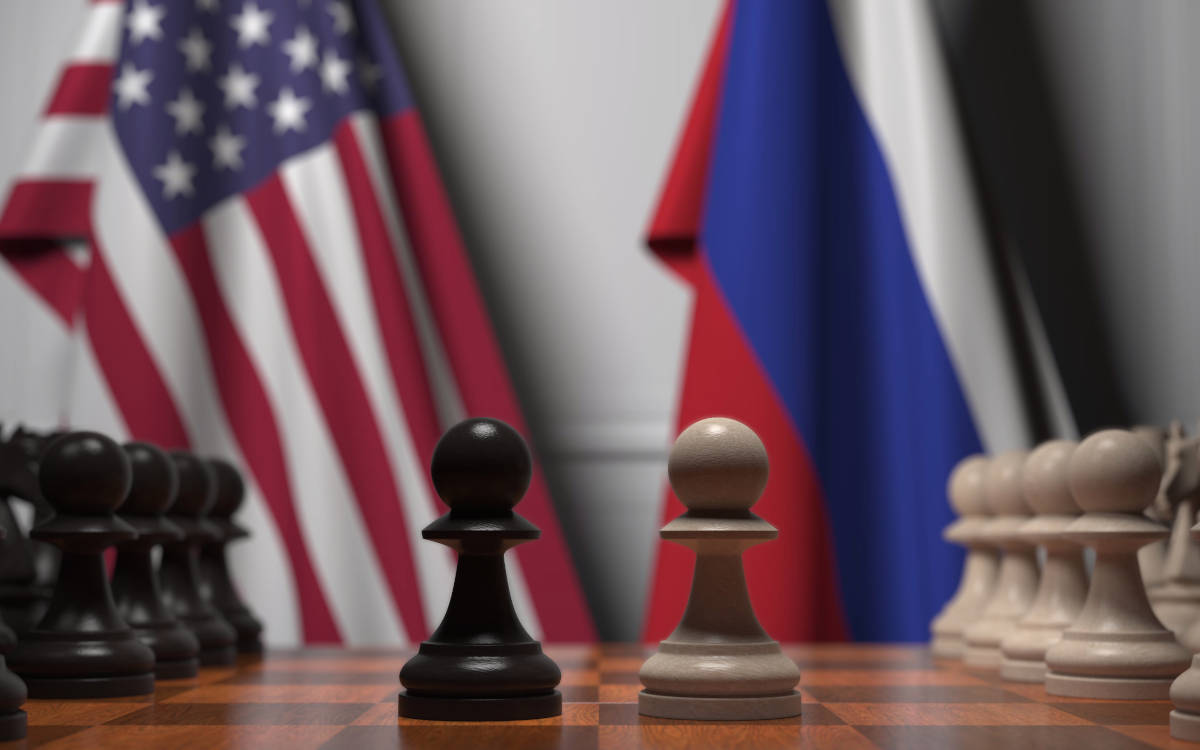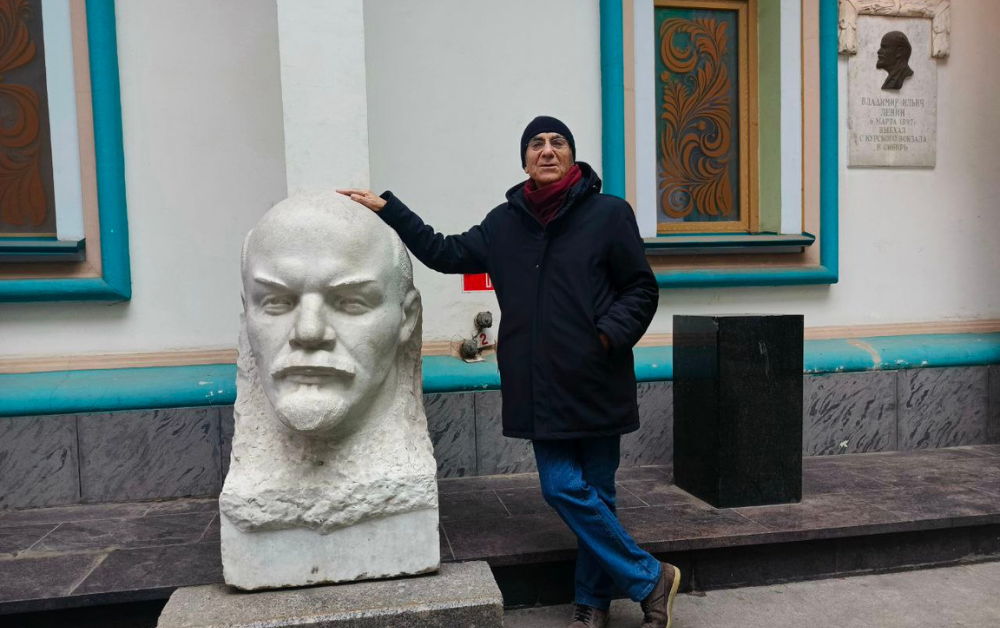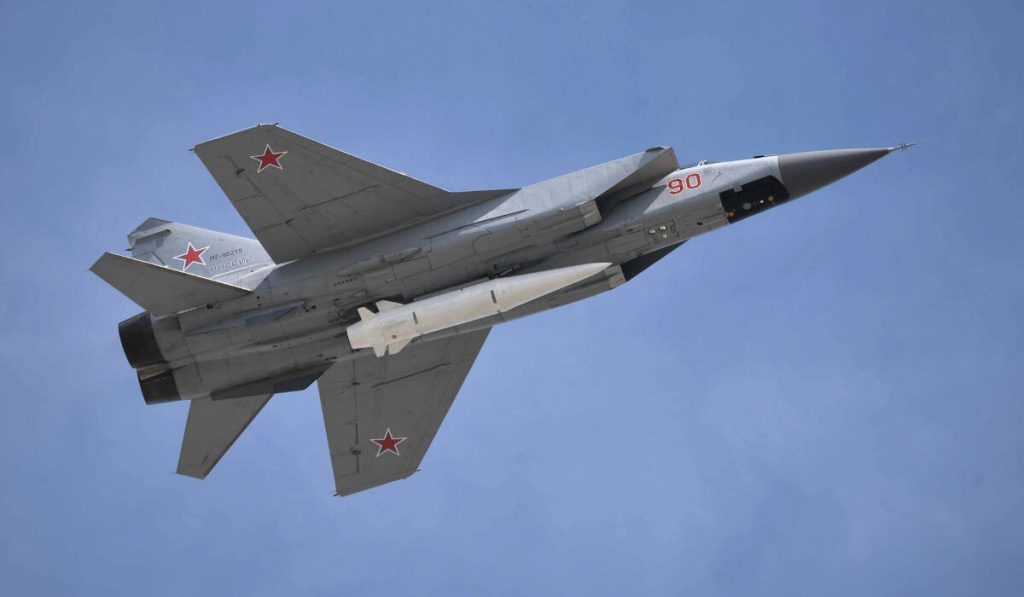The Putin-Trump meeting taking place today in Alaska has already generated significant media attention and is highly anticipated worldwide. The choice of Alaska as the venue for this encounter between the Russian and American presidents is symbolic and far from random. Throughout history, the locations of major summits between world leaders have always been carefully selected—whether the Congress of Vienna (1815), the negotiations at the Palace of Versailles and Trianon (1919–1920), or the conferences in Yalta and Potsdam (1945). Let’s revisit the history of this little-known region, which was once Russian before being ceded to the United States, and explore the reasons behind this choice.
Alaska: A Long-Unexplored Land Discovered by the Russians
In their quest to expand their territory, the Russians quickly advanced into Siberia and later into what became known as the Russian Far East. Cossacks were the first to explore these regions as early as the 17th century. Setting out from the city of Yakutsk (founded in 1632), an expedition led by the Cossack explorer Ivan Moskvitin reached the Sea of Okhotsk and soon established a fort—marking Russia’s first settlement on the Pacific coast (1639). These daring Cossacks then launched a series of land and sea expeditions, paving the way for further exploration.
Subsequently, the Cossacks explored the Kamchatka Peninsula, and by the 18th century, Russia had reached its natural eastern boundaries. Undeterred, the Russians crossed the Bering Strait, becoming the first Europeans to explore Alaska (1732–1735). The territory was soon incorporated into the Russian Empire, and under Tsar Paul I, the Russian-American Company was established (1799) to manage this vast land. The company attracted settlers, adventurers, merchants, and foreigners, who began developing the largely untouched territory. Much like the East India Company, it enjoyed exclusive privileges and thrived for decades.
A Once-Russian American Territory… Still Controversial in Collective Memory
Courageous merchants and explorers continued this little-known adventure, which also drew the attention of Russian rulers. Treaties were signed with neighboring Britain (Canada, 1824–1825), and the company organized further expeditions to better understand Alaska’s resources and potential. It also spearheaded attempts to trade with Japan, then a closed and isolated nation. The company launched Russia’s first round-the-world expedition (1802), reaching the Kuril Islands, Hawaii, and even California (around 1811–1812), where a fort and trading post (Fort Ross) were established.
However, as the United States grew in power and embarked on its westward expansion, Russia realized the difficulty of maintaining control over such a distant territory as Alaska—or any other Russian outpost in the Americas. The Crimean War (1853–1856) demonstrated the impossibility of defending such a remote region, and the idea of selling it to the U.S. gained traction. This was not unprecedented, as Napoleonic France had previously sold Louisiana (covering about 15 modern U.S. states) for 80 million gold francs (1803). The sale of Alaska took place under Tsar Alexander II for $7 million (1867). While some in Russia still lament this decision, the territory would likely have been lost regardless—either to American expansion (as seen in the U.S. invasions of Mexico (1846–1848) and Spain (1898)) or during the Bolshevik Revolution, when American, British, and French forces landed in Odessa, Arkhangelsk, and Vladivostok to support the White Army. There is no doubt Alaska would have been invaded… and never returned.
Why Alaska as the Meeting Place for Presidents Putin and Trump?
Amid a tense international climate, it was likely Russia that agreed to this location among various proposed options. Alaska has the advantage of being the closest U.S. territory to Russia while also being a sparsely populated state (about 740,000 residents), with its capital, Anchorage, housing just under half of the peninsula’s population. Interestingly, the 1867 sale was heavily criticized in American public opinion at the time—many believed the territory was nothing but “barren wastelands of snow and ice” with no practical value!
Alaska’s proximity to the Russian Far East explains this choice, along with security considerations. Although both nations are capable of securing such a high-profile meeting, the intense and misleading propaganda fueling hostility among certain segments of the American population cannot be ignored. It’s also worth noting that the two unofficial “capitals” of the Ukrainian diaspora are Toronto, Canada, and Chicago, USA—home to the largest Ukrainian communities outside Russia. To avoid protests or sabotage orchestrated by the American opposition (Biden/Harris/Clinton) or Ukrainian factions manipulating public opinion and diaspora groups, Alaska offers a secure, easily controlled location, given its remote accessibility (primarily by air).
A Historic Meeting, But Only a First Step
This summit will undoubtedly go down in history, though it is only a preliminary step. Ukrainian President Zelensky and Western leaders have tried everything to sabotage the event, spreading disinformation and half-truths through mass media. The question remains: Will this meeting yield fruitful results, or will it be a dialogue of the deaf between two global powers? The answer will come in due time.










